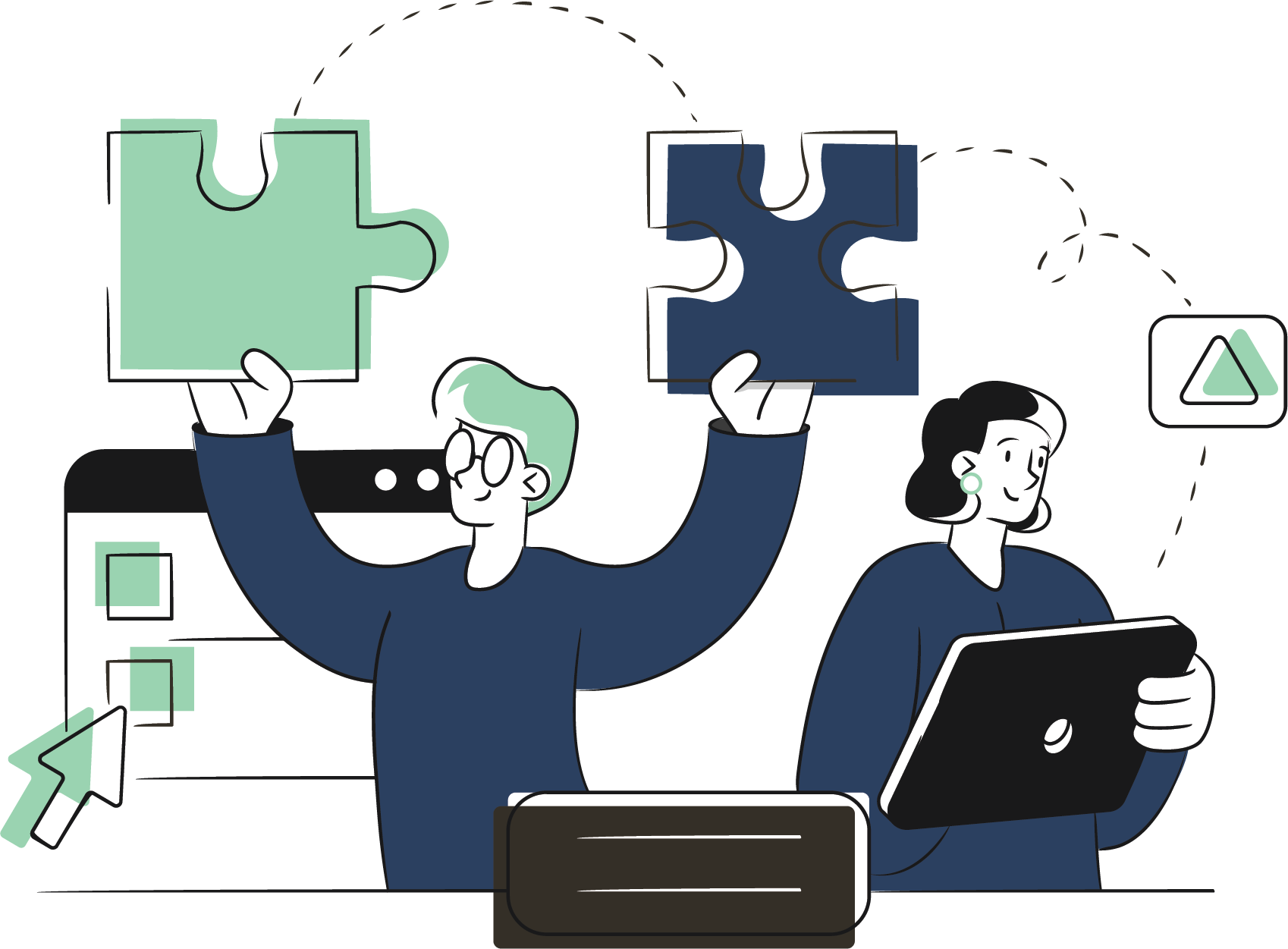Implementing Agile-at-Scale with Jira Align doesn’t come easy, but it’s even more challenging when you expect the enterprise platform to perform miracles for your organization. Jira Align is a powerful tool, but part of deploying it successfully means understanding that it’s not a silver bullet. When organizations properly configure and sync Jira Software and Jira Align, they are able to tap into the magic of connecting strategy to work execution.
In Part 1 and Part 2 of this series, we examined the struggles you may face when preparing to scale into Jira Align. These may include:
-
- Understanding the Jira Software Work/Issue Hierarchy and the importance of connections
- Prioritizing and Refining the Backlog
- Planning Sprints Based on Historic Velocity
- Understanding the Team/Board Relationship
- Prioritizing and Refining the Backlog…Again
- Using Sprints, Epics, and Versions Correctly to Make Good Data Connections
While this is not an exhaustive list, if we approach the challenge with the mindset of simplicity, we can take our best practices and effectively scale them into Teams of Teams of Teams models within the Atlassian platform.
The Jira Software - Jira Align Connector
Since Jira Align is a separate platform, it connects to Jira Software via an integration. It is not a Marketplace App. Rather, as a Gartner-leading Enterprise Agility Platform, Jira Align relies on a solid Team-Level foundation in Jira Software to aggregate Program-Level data in Jira Align. The Program, or Team of Teams, looks at the Jira Software Team Boards as its source. Bad Team Boards = Bad Program Data in Jira Align.
| Product Update: Jira Align is an app that forms part of the Atlassian Strategy Collection, which also includes Focus and Talent. When these tools work together, enterprises have the visibility and agility to close the gaps between planning, execution, and business outcomes. |
Cleaning up Team Boards is the first step to ensuring Jira Software and Jira Align connect effectively. This may include recreating Team Boards, pulling back permissions for Project or Board Administration, or, in some cases, recreating Jira Projects to better support the Team of Teams/Program structure.
Simplify Your Jira Software Workflows
What happens in Jira Software will be reflected in Jira Align. Jira Align standardizes Workflow States across all Teams. If each Team in Jira Software has a different Workflow in their Board, Jira Align will need the mapping from each Team Workflow to the standard Jira Align Workflow. Wouldn’t it be simpler if we matched the Team Workflow to Jira Align’s standard Workflow?
Teams may also have enforced specific rules in their Workflows based on outdated requirements. When a new Team is introduced to Jira Software, programmatically enforcing behavior through Workflows is common. You can only move from To Do to In Progress, but you cannot move directly to Done. This is the unique strength of Jira Software: facilitating good data practices and good user behavior through Workflow configuration.
Our Teams have been in Jira Software long enough that we trust them to do what’s right. Opening the Jira Software Workflow Transitions to Global Transitions and matching the Jira Align standard Workflow is a significant change for sure. The Teams we’ve worked with generally like the simplification and standardization because Jira Software stops interfering with getting work done.
Epics Live at the Program-Level
Teams in Jira Software working together in a Team of Teams don’t have separate Epics. In fact, whether you are working in Jira Align or Plans (Advanced Roadmaps), Epics are completed by multiple Teams. Each Team has its own Story, but the Epic is completed by multiple Teams. In Jira Align, an Epic is completed by a Primary Program aka the aforementioned multiple Teams.
Since the Program/Team of Teams is responsible for completing these Epics within the Planning Interval (or Business Quarter, whichever you prefer), separating Epics into their own Project is a simple way to bring these items to the Teams. Each Team can see the list of Epics in their Board. Each Team can create their Stories for the Epics. Each Team can connect their Stories to the Epics. Each Team can estimate their Stories.
Preparing Your Organization for Agile-at-Scale
Forrester Consulting’s Total Economic Impact study found that Jira Align has helped customers achieve up to 340% ROI. Jira Align is clearly worth the investment, but it’s important to note that it’s not just about puchasing and installing the enterprise platform.
Investing in Jira Align also means training your people, optimizing Agile processes, and configuring the platform (and Jira Software!) properly. This requires your organization to be prepared for a signficant cultural shift and the uncomfortableness that comes along with that change.
Even if you’re not ready for Jira Align, taking a hard look at your governance standards,data practices, and your team structures in Jira Software can go a long way to improving your software delivery efforts and preparing you for agility at scale supported by Jira Align.
At Praecipio we’ve worked with organizations such as yours to not only simplify the implementation of agile-at-scale, but also simplify the technology platforms they support. Contact us today to assess your readiness on your journey to Jira Align.

